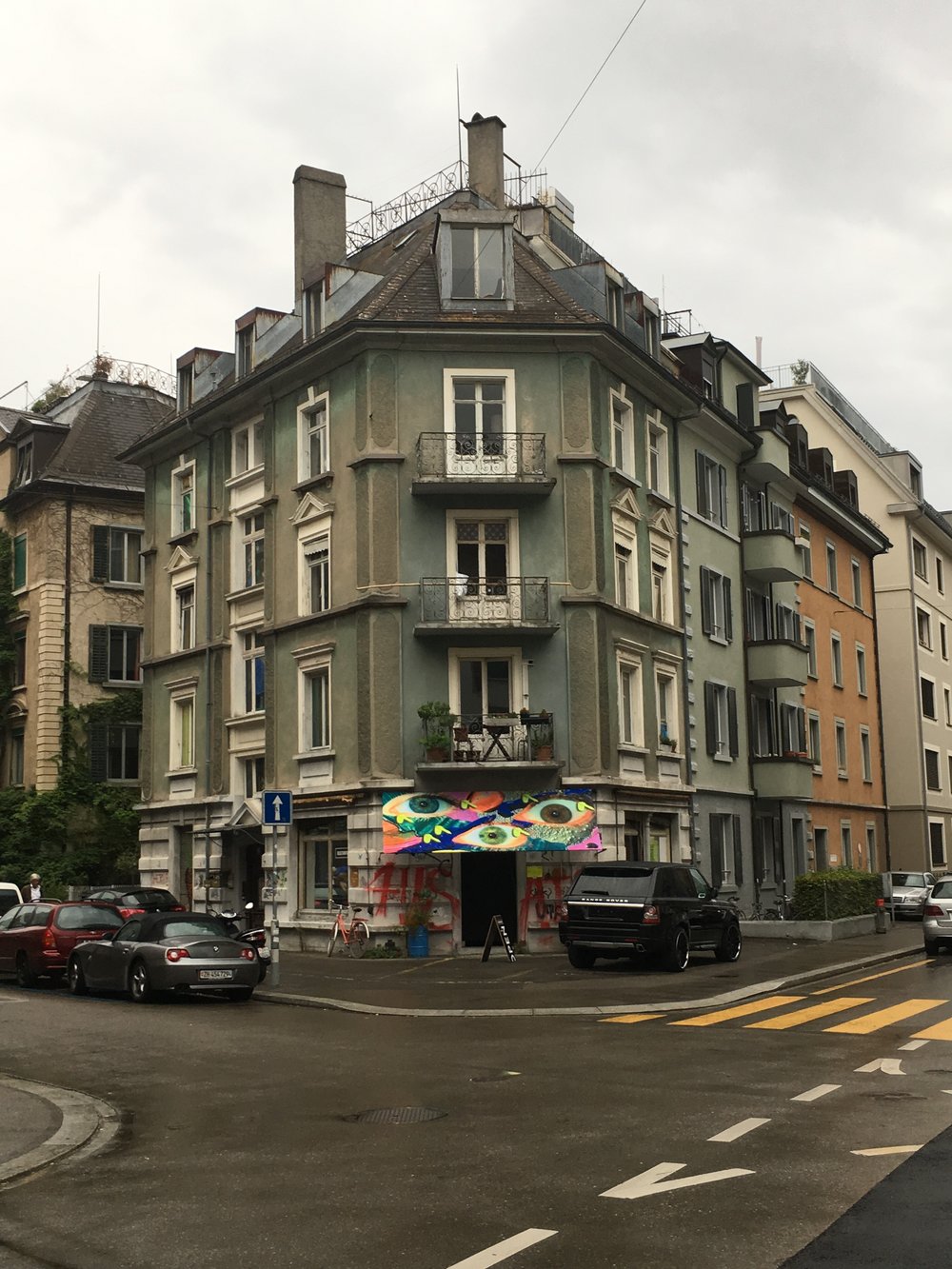
Brigham Baker
Stones are found where they are thrown at GMK Zagreb (30.6 - 15.7.2017)
2017. Kulturfolger, each month, new theme, new artwork and a new discourse. Who wants to play with us? Who wants to invent? Appropriate? Articulate? The artist, the curator, the public, Lucretius, Serres? All are welcome in a fugue titled NOISE. Noise travels in space and time. Noise occupies Kulturfolger's space in Idastrasse 46 and guest space of Galerija Miroslav Kraljevic in Zagreb simultaneously.
Noise is a constant, an other, a parasite which invades us and one which we want to capture, embody or exploit… a sort of consistent chaos… which is always present….
Through an alchemy of ingredients: Serres, Lucretius, Ingold and Brigham Baker’s Reworking Alluvium, access to the uncommon is catalyzed. Kultufolger incorporates Brigham and his rock polishing simulation machines, into this peculiar context. We gather multiple indexes from, geology, linguistics, and connect antiquity to this day, in a vortex or layering of space matter compiled from an infinite number of atoms which randomly move through environments, like specks of dust colliding under rays of sunlight, merging and forming complex structures, only to diverge again in an incessant process of creation and destruction. A sedimentation of the imagination.
Lucretius gives us clinamen which relates to the swerving and deflecting of celestial configurations; from the arch of the Sun and the unpredictable swerve of atoms which move and collide in the Universe.
Inclinations, declinations, statues.
Lucretius gives us physics before physics.
In the eternal motion of nature, where do we find moments of stasis, contemplation? Perhaps time does not only flow linearly…or laterally, but goes through stop points, cracks, confluences, accelerations, rifts, cavities, and all which occur at random… Time passes in an exceedingly turbulent and chaotic manner; it drips, filters, drains, discharges, washes away, and leaks. Serres shows us how chaos and percolation are intertwined.
A stone lies dormant, seemingly isolated, yet embodies metamorphic violence, lazy deposition, soft slow sedimentation, and glacial, alluvial, coastal fluctuations of story. In its perceived static state it embraces a jovial tale telling and is a “going on” as Ingold interprets.
Things are not always what they seem… yet stones are found where they are thrown….
Can we find traces of Lucretius’s clinamen in Brigham Baker’s Reworking Alluvium? Or, perhaps we can find the Universe created in the turbulence of matter and forms of natural and cultural origin jointly deposited, rearranged; their lightning trajectories deafening the gallery space.
How to inhabit the dynamic threshold between these traces and entanglement, environment and art, control and unpredictability, architecture and randomness, the tensions between composition and improvisation, achieving results and fostering the freedom of sound? How to listen to the noise? How to play with the noise? How to be of the noise?
